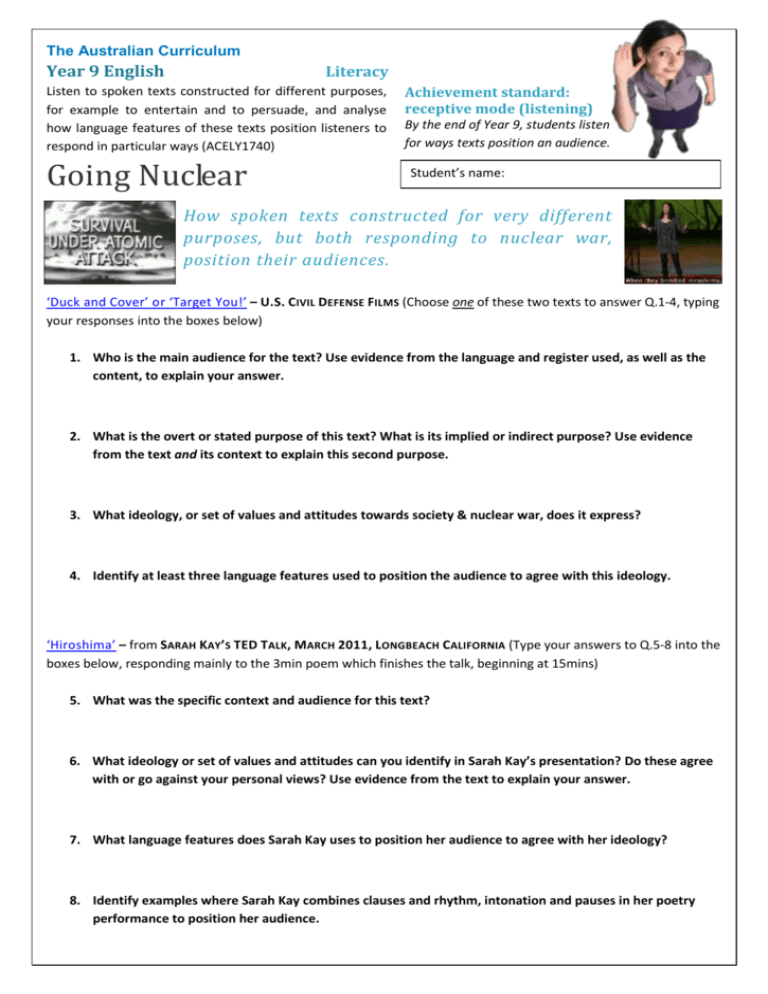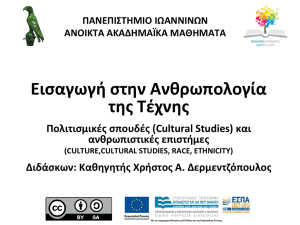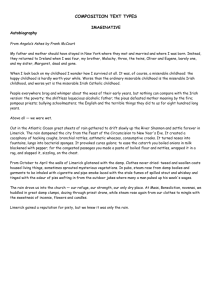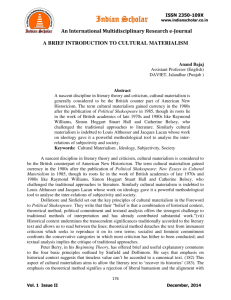Going Nuclear listening task
advertisement

The Australian Curriculum Year 9 English Literacy Listen to spoken texts constructed for different purposes, for example to entertain and to persuade, and analyse how language features of these texts position listeners to respond in particular ways (ACELY1740) Going Nuclear Achievement standard: receptive mode (listening) By the end of Year 9, students listen for ways texts position an audience. Student’s name: How spoken texts constructed for very different purposes, but both responding to nuclear war, position their audiences. ‘Duck and Cover’ or ‘Target You!’ – U.S. CIVIL DEFENSE FILMS (Choose one of these two texts to answer Q.1-4, typing your responses into the boxes below) 1. Who is the main audience for the text? Use evidence from the language and register used, as well as the content, to explain your answer. 2. What is the overt or stated purpose of this text? What is its implied or indirect purpose? Use evidence from the text and its context to explain this second purpose. 3. What ideology, or set of values and attitudes towards society & nuclear war, does it express? 4. Identify at least three language features used to position the audience to agree with this ideology. ‘Hiroshima’ – from SARAH KAY’S TED TALK, MARCH 2011, LONGBEACH CALIFORNIA (Type your answers to Q.5-8 into the boxes below, responding mainly to the 3min poem which finishes the talk, beginning at 15mins) 5. What was the specific context and audience for this text? 6. What ideology or set of values and attitudes can you identify in Sarah Kay’s presentation? Do these agree with or go against your personal views? Use evidence from the text to explain your answer. 7. What language features does Sarah Kay uses to position her audience to agree with her ideology? 8. Identify examples where Sarah Kay combines clauses and rhythm, intonation and pauses in her poetry performance to position her audience.











